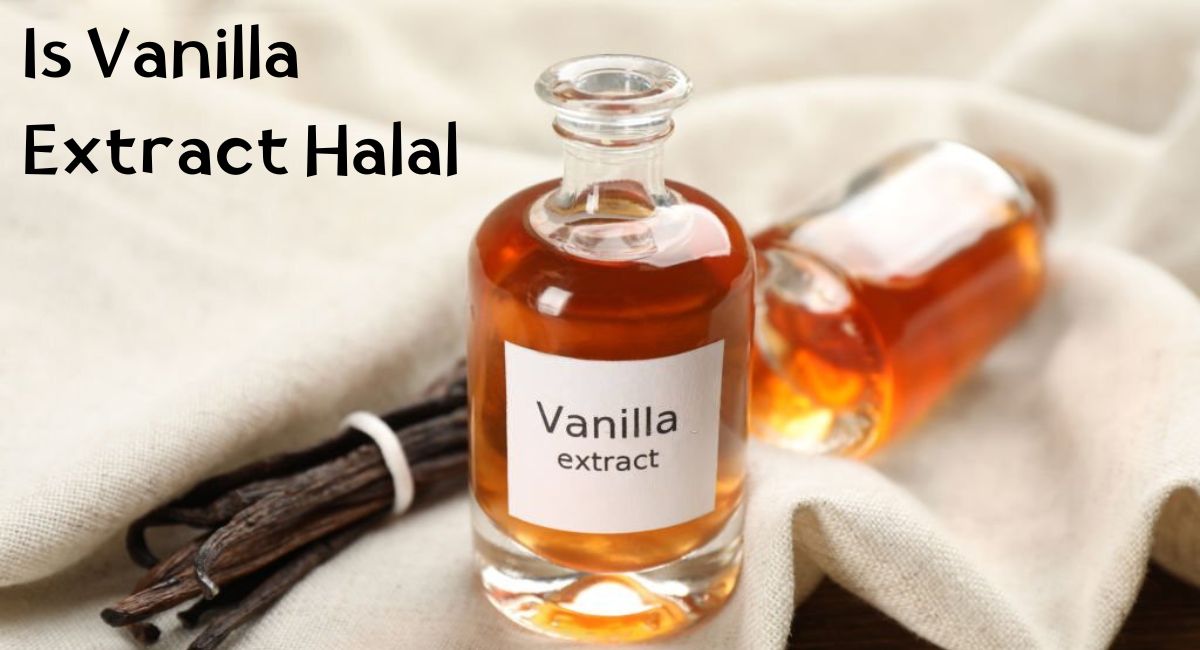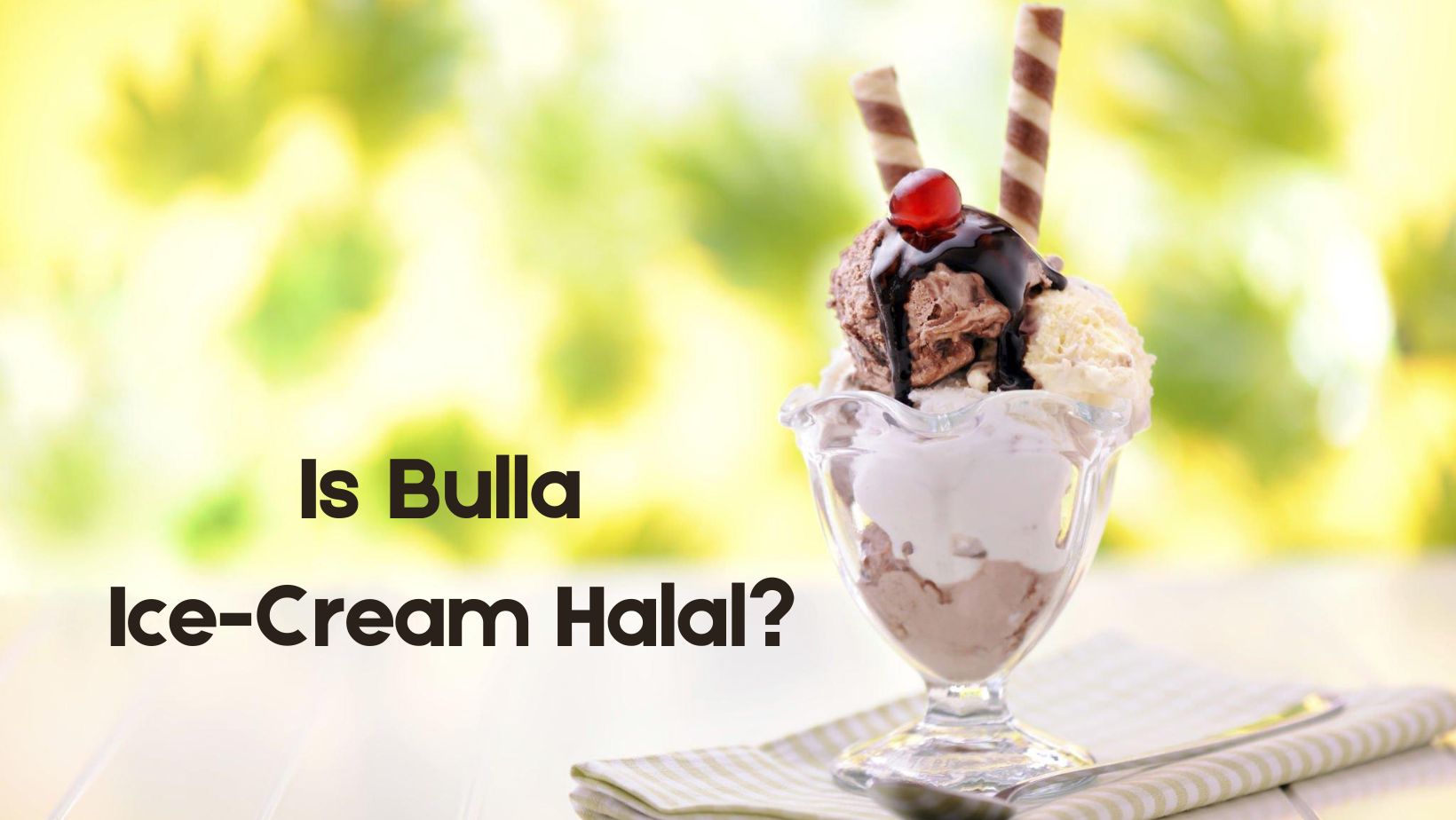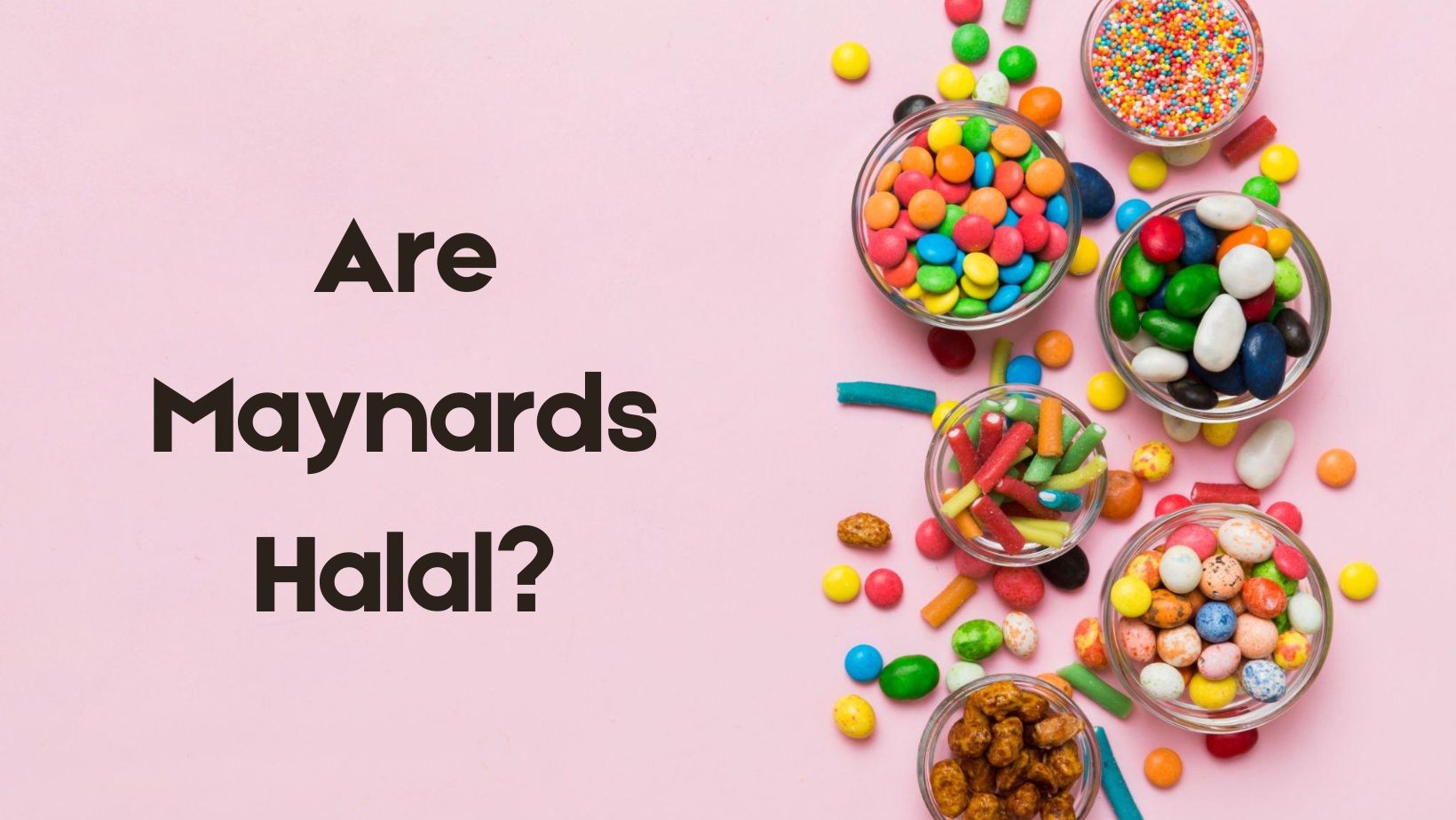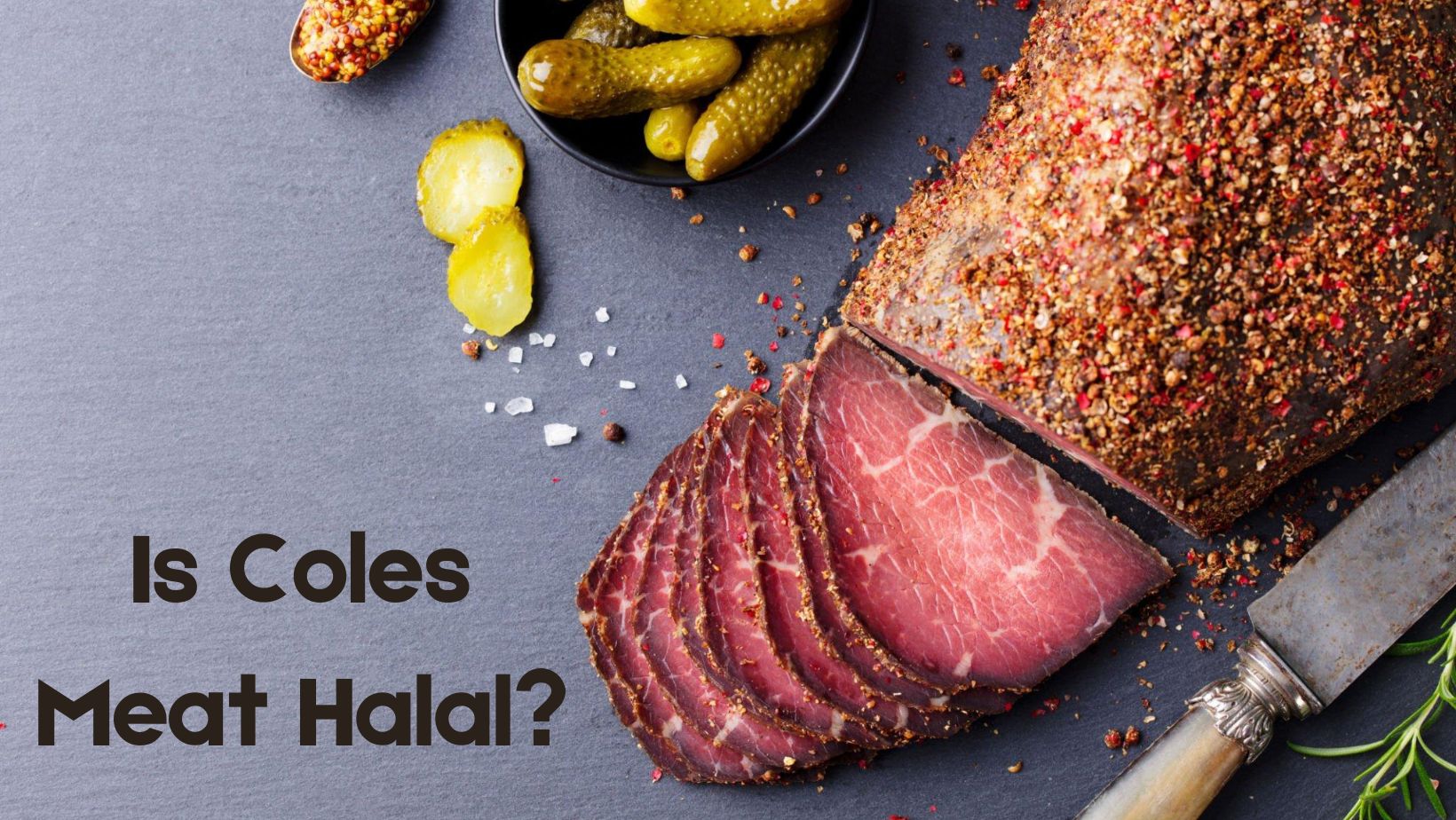Vanilla Extract is a staple in kitchens around the world, omnipresent in cookies, cakes, and ice creams. But for the 1.8 billion Muslims globally, the question looms — is vanilla extract Halal?
The question seems simple, but the answer is submerged in layers of intricacy involving food processing, religious doctrines, and individual perspectives.
Let’s dive into the delightful world of vanilla and uncover whether this pantry staple meets the requirements of Halal dietary guidelines.
What is Vanilla Extract
Vanilla extract is a commonly used flavoring made from vanilla beans. It is created by soaking the beans in alcohol, usually a mixture of water and ethanol, which helps to extract the flavor compounds from the beans.
The resulting liquid is then used as a flavoring agent in various food and beverage products, including baked goods, desserts, and sauces.
Vanilla extract adds a sweet and aromatic flavor to these items, often described as rich, creamy, and slightly floral. It is a popular ingredient in cooking and baking due to its versatility and ability to enhance the taste of many different dishes.
Is Vanilla Extract Halal or Haram
When it comes to determining whether vanilla extract is considered halal or haram in Islamic dietary guidelines, there are several factors to consider. Let’s delve into them one by one.
Vanilla Extract Ingredients
Vanilla extract is typically made from just a few simple ingredients, with the primary focus being on extracting the natural flavor and aroma from vanilla beans. The basic ingredients for vanilla extract include:
- Vanilla Beans: The star ingredient is vanilla beans. These beans come from the vanilla orchid plant and contain the compounds responsible for the distinctive vanilla flavor and aroma, primarily vanillin. High-quality vanilla extract will use premium-grade vanilla beans.
- Alcohol: Alcohol is used as the solvent to extract the flavor from the vanilla beans. It helps dissolve and preserve the aromatic compounds from the beans. Common types of alcohol used include ethanol, which is derived from sources like sugarcane or grain. The alcohol content in vanilla extract typically ranges from 35% to 40%, although it can vary.
- Water: Water is often added to the mixture to help facilitate the extraction process and balance the alcohol content. It also helps ensure that the vanilla extract is not overly concentrated.
Some manufacturers may choose to include other ingredients or additives in their vanilla extract, but pure and high-quality vanilla extract should contain only vanilla beans, alcohol, and water. It’s essential to read the product label to ensure you’re getting a pure vanilla extract without any artificial flavors, colors, or other additives.
Keep in mind that the quality of the vanilla beans used and the extraction process can significantly impact the flavor and quality of the final vanilla extract. High-quality vanilla extracts will often use premium vanilla beans and follow meticulous extraction processes to capture the best flavor and aroma from the beans.
What Kind of Alcohol is in Vanilla Extract
The alcohol typically used in vanilla extract is ethanol. Ethanol is a type of alcohol that is safe for consumption, and it is commonly used in food and beverage products. In the case of vanilla extract, ethanol serves as the solvent that extracts and preserves the flavor compounds from the vanilla beans.
The alcohol content in vanilla extract can vary, but it is usually around 35% to 40% alcohol by volume (ABV). This alcohol content helps preserve the vanilla extract and prevents the growth of bacteria or mold. It also ensures that the vanilla flavor is concentrated and can be easily incorporated into recipes.
Ruling on Vanilla Extract
If the food or drink still has any signs of alcohol—like its taste, color, smell, or flavor—it’s haram to eat or drink it. This is because it still has some amount of alcohol in it that hasn’t completely gone away. But if the alcohol is completely mixed in the food or drink, and you can’t tell it’s there at all, then eating or drinking it is not considered haram.
Shaykh al-Islam [Ibn Taymiyah]
The permissibility of vanilla extract in a Halal diet is a topic of debate among scholars and Halal certifying bodies due to the presence of alcohol in the extract.
Some scholars and Halal certifying bodies hold a strict view and consider any amount of alcohol to be impermissible, deeming products containing vanilla extract as non-Halal.
Others argue that when alcohol is used in cooking, such as in the case of vanilla extract, the amount used in recipes is typically very small, and the majority of the alcohol content often cooks off. As a result, the remaining alcohol content in the finished food product is typically minimal, often around 0.1% or less, depending on the recipe and cooking process. This is generally not enough to cause intoxication and can, therefore, be considered halal.
For example, if you add 1 teaspoon of vanilla extract (which is about 5 mL) to a recipe that makes 10 servings, the amount of vanilla extract per serving would be about 0.5 mL. If the vanilla extract contains 35% alcohol, the amount of alcohol per serving would be:
Alcohol per serving=0.5 mL ×0.35=0.175 mL of alcohol per serving
If this alcohol is distributed throughout the dish, the actual percentage of alcohol in the finished product would indeed be very low, especially after considering the cooking or baking process, which typically evaporates a significant portion of the alcohol.
In our opinion, individuals concerned about the consumption of vanilla extract should consult with knowledgeable religious scholars or authorities who can provide guidance based on their specific school of thought or interpretation of Islamic dietary laws.
For those strictly adhering to Halal dietary laws, there are several alternatives available:
- Alcohol-Free Vanilla Extract: Some manufacturers offer alcohol-free vanilla extracts that use glycerin or propylene glycol as solvents instead of alcohol.
- Vanilla Powder or Ground Vanilla: These are made from dried and powdered vanilla beans and contain no alcohol.
- Vanilla Bean Paste: Some vanilla bean pastes are made without alcohol, but it’s essential to read the ingredient list to be sure.
- Halal-Certified Vanilla Flavoring: There are synthetic vanilla flavorings available that are Halal-certified.
For more information about the halal status of other food additives, explore these comprehensive guides:
Is E621 Halal: Unravel the mystery surrounding E621, a common food additive, in this article. Explore its halal status and make informed choices about your food.
Is E631 Halal: Get the facts about E631, another food additive, and its compliance with halal standards. Learn how it impacts your dietary choices.
Is E627 Halal: Explore the halal status of E627, a food additive found in various products. Find out if it meets your halal dietary requirements.
Are Enzymes Halal: Delve into the world of enzymes in this article, and learn whether they are considered halal. Gain insights into their role in food processing and halal certification.
Is E471 Halal: Discover the truth about E471 and its halal status. Uncover the facts and implications of this common food additive in our comprehensive article.






